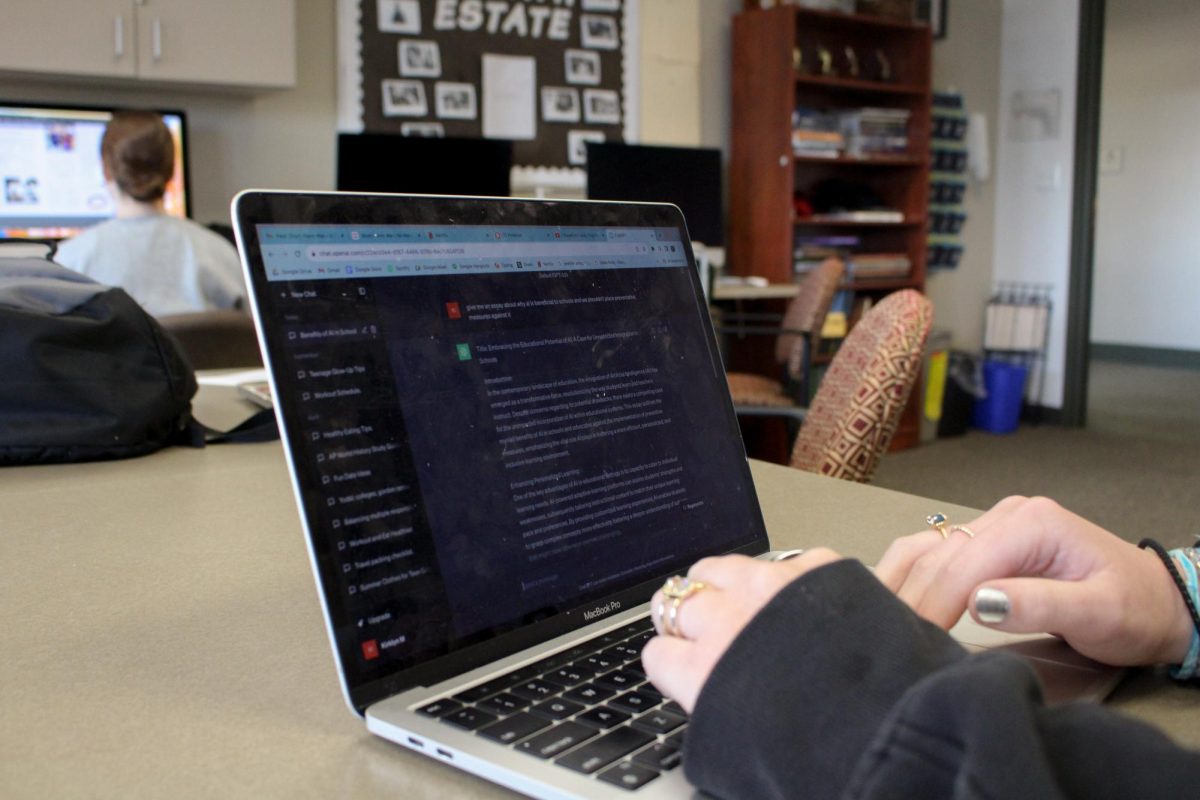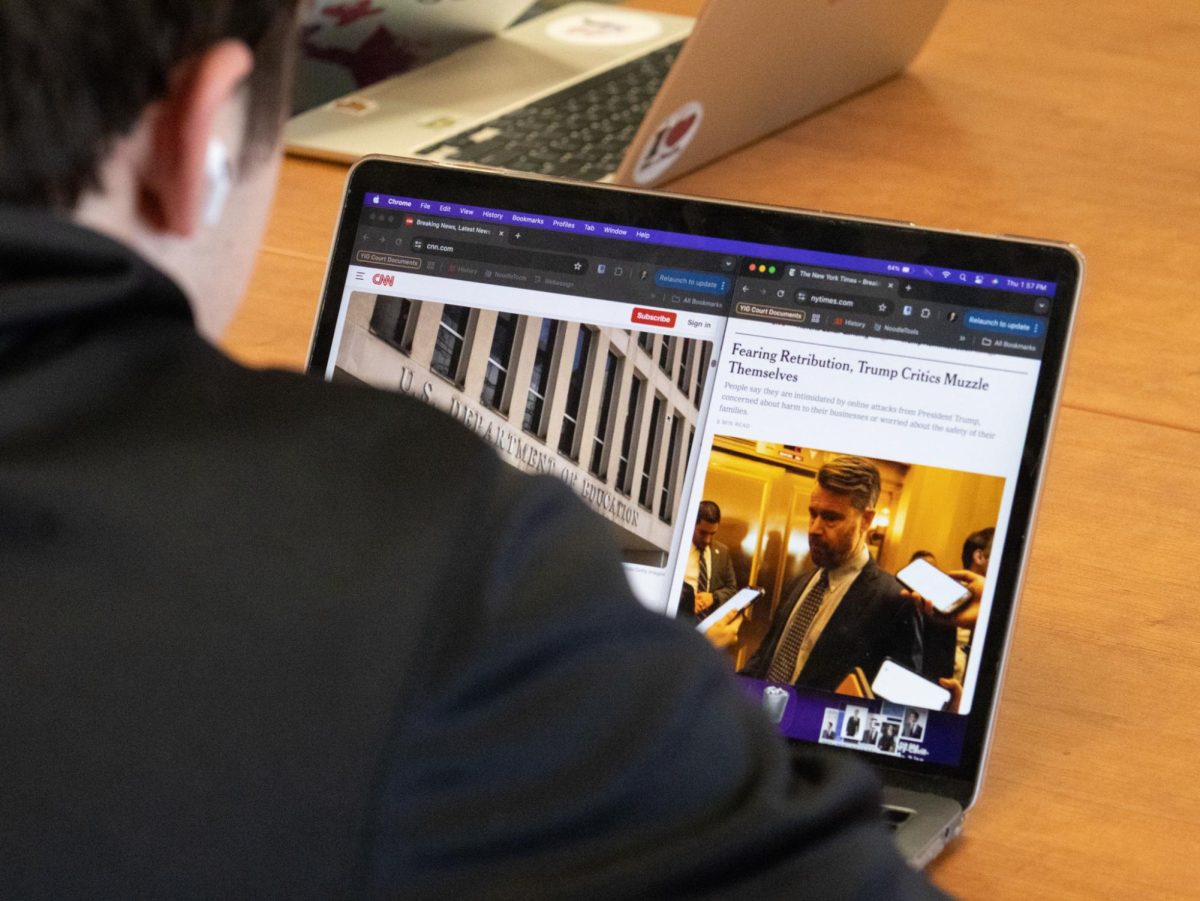In 1968, in his eighth grade year, Bill Gates capitalized on an opportunity from his school’s computer club to practice programming. At the time this was novel technology – computers were expensive, and even most colleges didn’t have computer clubs. Bill Gates achieved his phenomenal success majorly due to this early opportunity to learn how to utilize this advancing, brand new computer innovations.
In the 1780s, the beginning of the Industrial Revolution, Great Britain quickly found use of the new technology of mechanized textile spinning and eventually had high rates of steam power usage and iron production in the 1800s. The early invention and use of these newly invented machines and power put Great Britain’s economy on top for a long period of time.
These examples of making use of the opportunities you have in order to learn how to take advantage of upcoming technology have been and should be embraced. In spite of that, as Artificial Intelligence (or AI) technology advances into the average person’s hands, many who decide how students should use this technology properly are frightened, which prevents those who could learn to use it productively from understanding how to.
Part of the reason why is the mass paranoia surrounding AI technology. Thoughts of AI taking over the world, killing humans, or more realistically taking jobs from hard-working people scares many away from working with it, but this paranoia is useless. The truth is AI is advancing whether we like it or not.
Most people who write often use Grammarly, autocorrect technology, and even more commonly spell and grammar check. Around 500 million people use Siri on their phones, and around 71.6 million people have Amazon’s Alexa in their homes. Millions of people with updated phones use face recognition software to unlock their phones – these are just a few ways we already use AI software in our daily life. We shouldn’t be afraid of working with technology that’s already here.
Here hits the fundamental ideas of evolution’s natural selection: Adapt or fall behind. Of course, change is frightening to the average Joe, but the people that work with AI and learn how to benefit from it are the ones that can achieve great success in the future. Whether or not we are prepared, more and more people are going to have to discover how to work with AI. Those who have the knowledge and practice with this technology will have the upper hand and be ready for the future.
St. George’s needs to step up and give the opportunity for students to take advantage of new technology in our reach. Shying away from AI is not the right move. This technology is coming and exponentially growing whether our school likes it or not. We need to learn how AI is useful to us and how it’s not. We should learn about this emerging technology while it’s up and coming.
By no means am I trying to say that we should allow students to make AI generative tools do their art or writing assignments. That is not fair, and it’s also not very good at that. AI is challenged because it is only as good as the inputs given. AI’s inputs include a variety of good and awful writers and artists, but this also means it can easily research an expansive amount of data. I’d argue AI is not very good at creating special or new art and written copy, but it can be good inspiration. Humans should do the work, but AI technology can strengthen it.
We should teach students that AI should not take the place of human work, especially creative thinking and expression, but in the right time and place, it can enhance our work. AI can easily reach the depths of the internet; this is an obvious tool.
This can be an incredible opportunity for our school and student body. We can work with AI as a tool, not one that we trust without critical thinking, but that can give us a lead into what we can do. We need to take the examples of Bill Gates and the Industrial Revolution and move away from the fear of new technology and forward into the real opportunities we have to adapt and take the advantage.
(Written by AI. Just kidding.)








